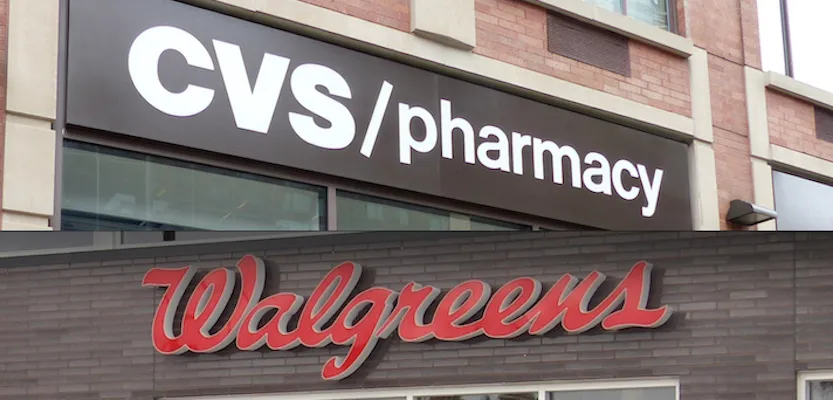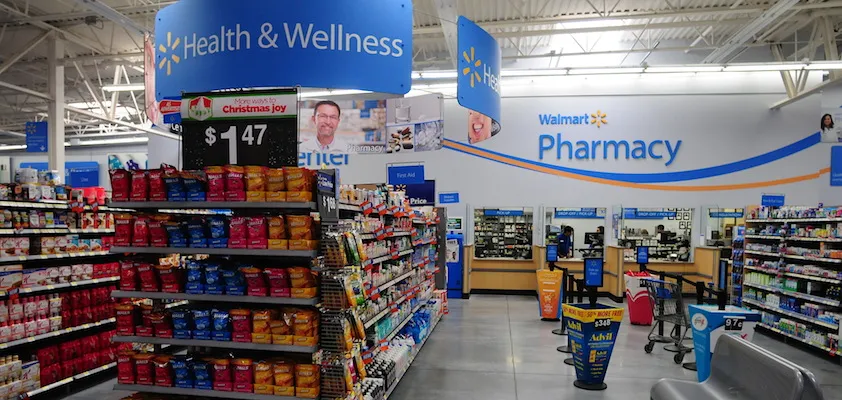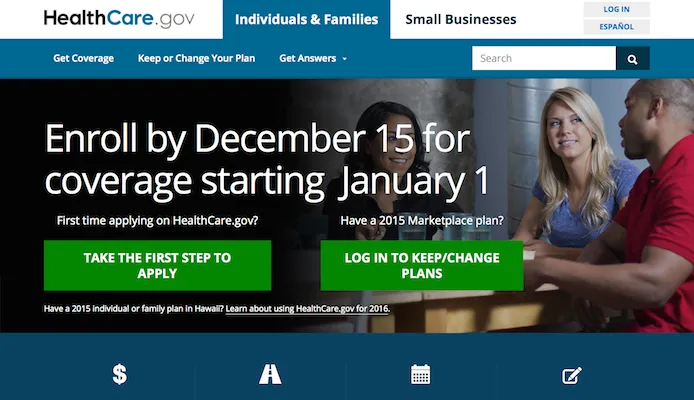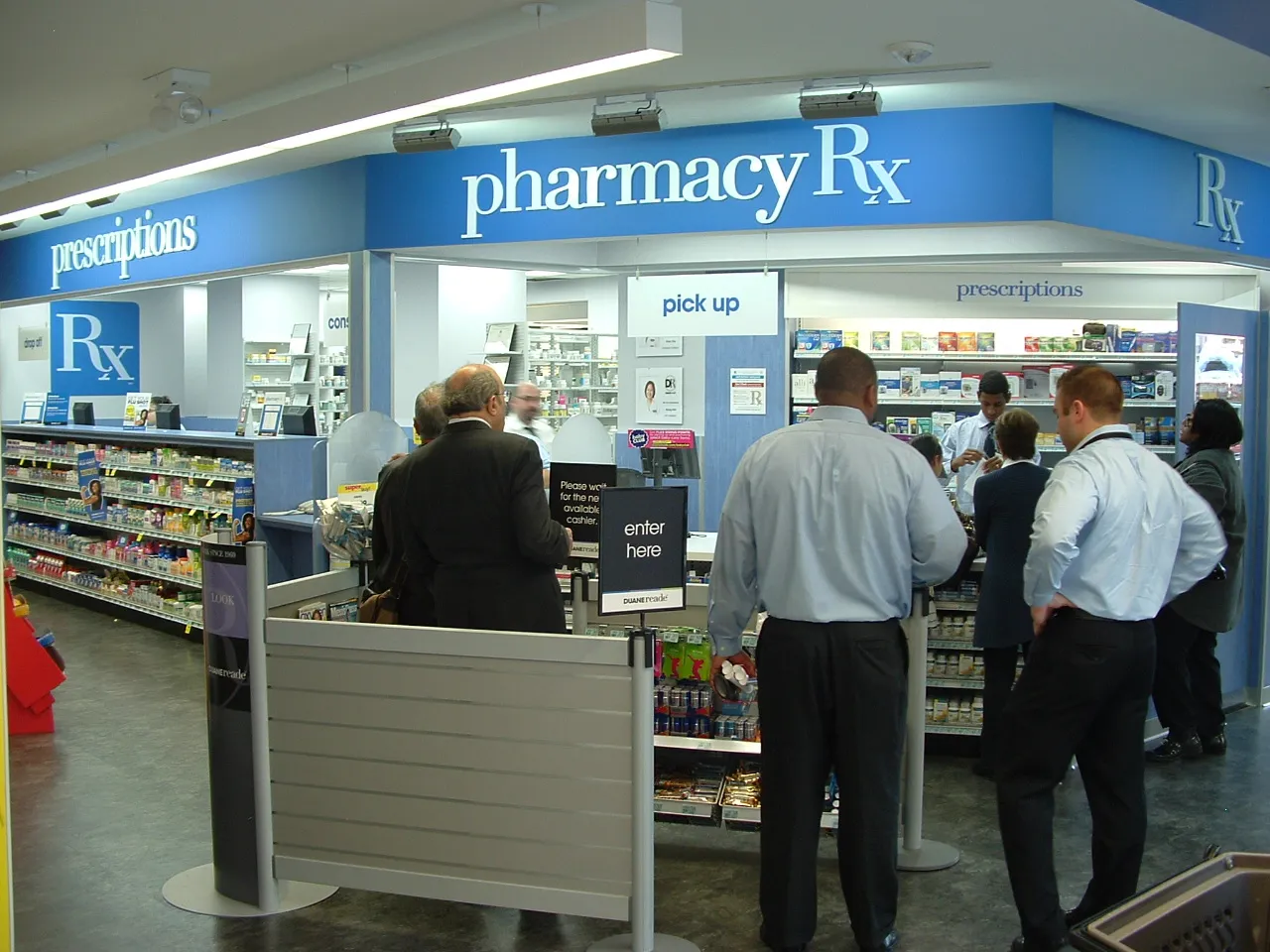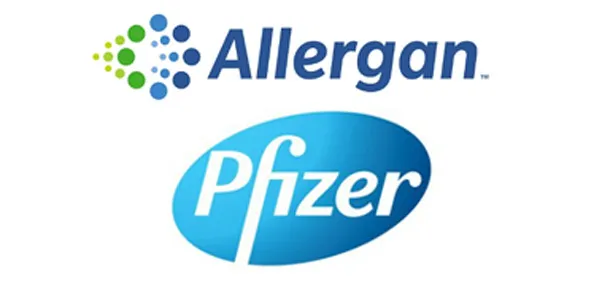As the year 2015 winds down, the chain drug community must face the reality that the coming year will be unlike any that has preceded it.
The same drug chains still rule the U.S. landscape. But the content of their character and the face of the people who guide them are vastly different than in previous years. Understanding those differences will be crucial to navigating the chain drug landscape in 2016 — and beyond.
Consider Walgreens. New people have replaced the old, to the extent that few of those who ran the drug chain just three years ago are still present. Alex Gourlay is the retailer’s leader, but he, a relatively new face, is surrounded by new faces, many of them from Alliance Boots, the company with which Walgreens merged so recently. The retailer today fields a brand new merchandising staff — and even those who led the merchandising effort as recently as a year ago have been given new assignments, often less prestigious than the old.
Stefano Pessina, the architect of the company that grabbed Walgreens’ attention, is, in reality, the chief executive of Walgreen Co.
Then there’s Ornella Barra, the No. 2 executive, behind Pessina, at Walgreens Boots Alliance. It’s quickly become clear that she is one of the most compelling women yet to participate in chain drug retailing in this country.
Other names and faces abound, most of them unfamiliar to those who have toiled in the chain drug vineyards for years, if not decades. Still to be determined is who those faces belong to and what roles will emerge for them going forward. Stay tuned.
At CVS Health, the picture is somewhat clearer. Helena Foulkes has made a stunning impact on that drug chain, and indeed on chain drug retailing in general, since she was named CVS/pharmacy president last year. Her intelligence, compelling personality, ability to make difficult decisions and make them work, and her leadership instincts — all have combined to propel her to the forefront of chain drug retailing in America.
Beyond her, however, the hierarchy is evolving. This much is certain, however: Larry Merlo, the chief executive of CVS Health and the man most responsible for Foulkes’ elevation, is leaving the drug chain in Foulkes’ hands. Going forward, it is Foulkes who will be the point person for CVS/pharmacy as that drug chain relates to the retail industry.
Speaking of CVS, that drug chain is about to reemerge with perhaps the strongest health care focus a drug chain in this country has yet attempted. The retailer’s merchandise assortment has been refocused to emphasize healthy options, the mix has itself been pared, and the new accent is on healthy living. That prototype will emerge in 2016, and with it a new focus will be required in understanding, relating to and competing with the drug chain.
On to Rite Aid, clearly the success story of 2015. Here, many of the same senior managers who wrought Rite Aid’s turnaround remain in place, but change is occurring. CEO John Standley has given a more prominent role to Ken Martindale, who now is responsible for the day-to-day management of Rite Aid stores.
As with CVS, Rite Aid’s model is changing as well, though the emphasis on health care will remain. It is an emphasis, however, that will share the stage with a reinforced retail orientation, as Rite Aid seeks to market a new, upscale drug store format, one sharply at odds with its former prototype and, in the bargain, the most striking model this retailer has yet put before the public.
Here again, however, the onus is on the industry to understand where Rite Aid is going and how it intends to get there. With the changes in progress at Walgreens and CVS, it is Rite Aid’s metamorphosis that will likely pose the great challenge in 2016 for those seeking either to compete with or do business with the Camp Hill, Pa.-based drug chain.
Elsewhere, competition is coming from a new alignment of retailers. Walmart, with its ongoing series of changes, remains a core competitor for chain drug customers. Target, which has withdrawn from the pharmacy business, is probably a stronger chain drug competitor as a result. Albertsons-Safeway, under Bob Miller’s capable direction, understands the role of pharmacy perhaps more acutely than any grocery retailer ever has. And Kroger is perhaps stronger in pharmacy than it has ever been.
Then, of course, there are the regional drug chains. Those that have survived to this point are probably going to survive, and thrive, lots longer. Moreover, they have clearly learned their way around their larger competitors.
So, as stated, 2016 will be unlike any chain drug year that has preceded it.

